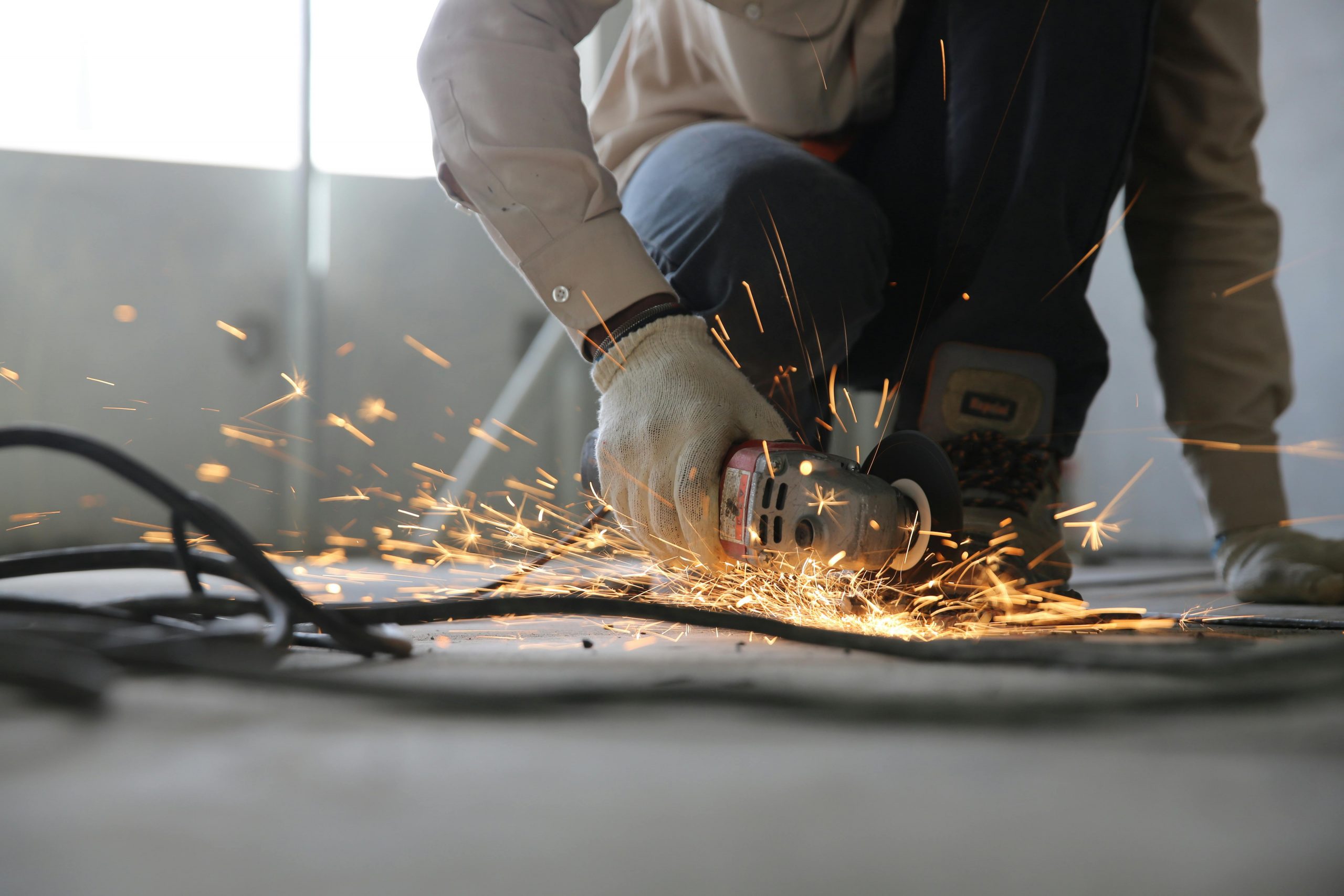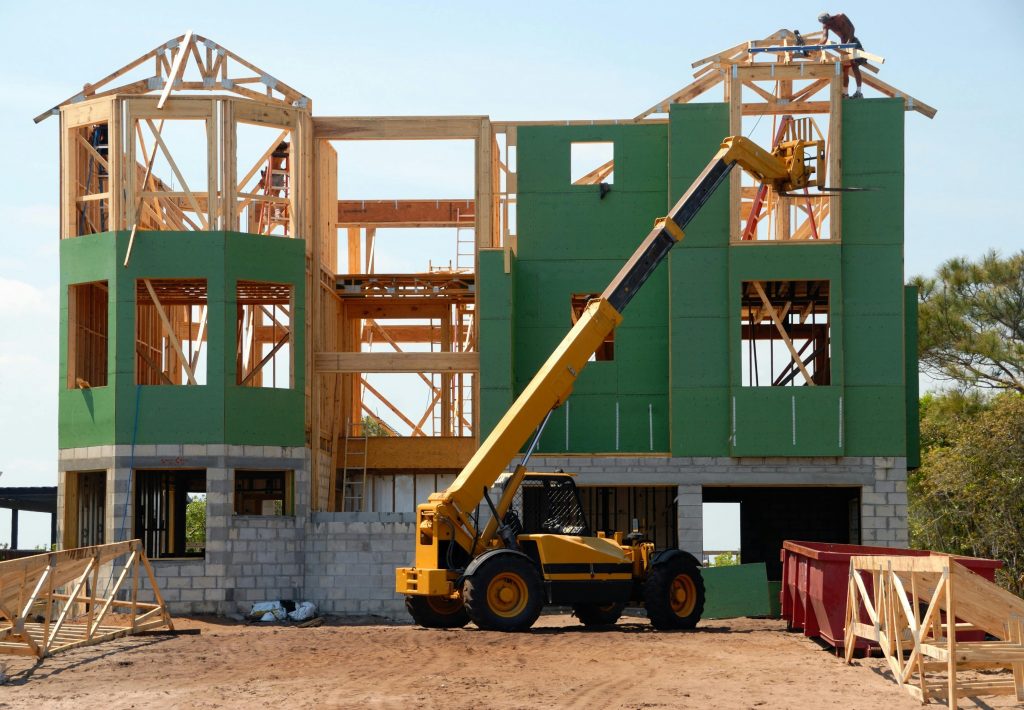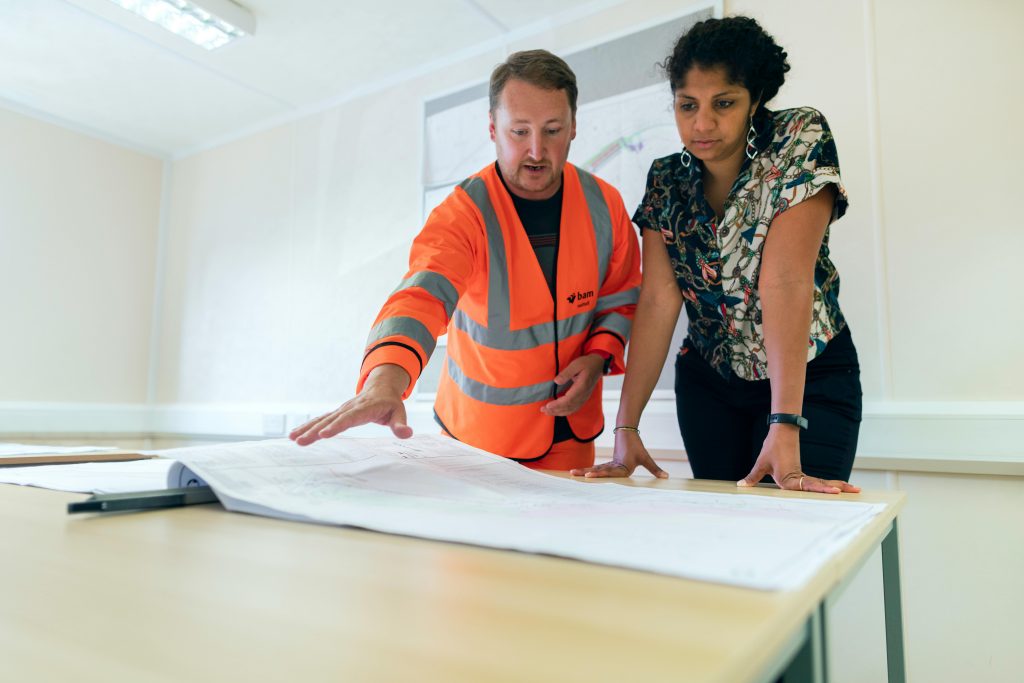
Navigating Projects in Difficult Terrain – Tips for New Construction Firms

- Conduct thorough site assessments to fully understand the terrain’s topography, soil conditions, and weather patterns.
- Invest in specialized equipment like all-terrain cranes to enhance efficiency and safety on challenging sites.
- Prioritize comprehensive safety measures and train team members to mitigate risks in difficult terrain.
- Ensure effective communication with all stakeholders to smoothly manage and overcome project obstacles in challenging conditions.
Starting a new construction firm can be an exciting endeavor, but it also comes with its fair share of challenges. One of the biggest hurdles new firms often face is navigating projects in difficult terrain. Whether you’re dealing with rocky terrain, steep slopes, or challenging weather conditions, it’s essential to have a solid plan to ensure your projects’ success. This blog will discuss tips to help new construction firms navigate projects in difficult terrain and overcome obstacles.
Conduct Thorough Site Assessments
Before starting any project in difficult terrain, conducting thorough site assessments is essential to understand the challenges you may face. By clearly understanding the site conditions, you can develop a more accurate project plan and budget that considers any necessary adjustments or precautions. Here are the four key elements to consider during a site assessment:
Topography
Understanding the land’s topography is crucial for planning and executing any construction project. Identifying steep slopes, rocky areas, or unstable soil can help you determine the most stable locations for building structures and roads. It can also help you plan for any necessary site preparation or grading to create a stable base for your project.
Soil Conditions
The type of soil on a construction site plays a significant role in determining the success and safety of a project. Conducting soil tests can provide valuable information such as the soil’s load-bearing capacity, drainage, and stability. This information is essential for selecting the appropriate building materials and methods to withstand soil conditions.
Weather Patterns
Weather patterns can impact construction projects in difficult terrain significantly. Extreme temperatures, heavy rainfall, or strong winds can delay or even halt construction activities. It’s crucial to factor in potential weather risks during the planning phase and have contingency plans in place to mitigate any delays.
Environmental Factors
Construction in difficult terrain can also have a significant impact on the environment. Conducting thorough assessments to identify potential risks and develop strategies to minimize them is essential. This could include measures such as erosion control, protecting wildlife habitats, or implementing sustainable construction practices.
By doing a thorough site assessment, you can gain a comprehensive understanding of the terrain and develop a detailed plan to navigate any challenges that may arise.
Invest in Specialized Equipment
When working in difficult terrain, having the right equipment can make all the difference. Investing in specialized equipment, such as a quality all-terrain crane, can help improve project efficiency and safety. An all-terrain crane is designed to handle challenging terrain and can be used for various tasks, including lifting heavy materials and equipment to higher elevations.
These investments can save you time and money by preventing delays and accidents. They also demonstrate to clients and stakeholders that your firm is prepared and equipped to handle projects in difficult terrain.
Prioritize Safety Measures
Working in difficult terrain comes with increased risks, so prioritizing safety measures is crucial for the success of your projects. This includes providing proper training for your team members on working in challenging conditions, conducting regular safety inspections, and implementing protocols to address potential hazards. By prioritizing safety on your projects, you can protect your team members and prevent costly accidents.
Communicate Effectively With Stakeholders
Effective communication is vital to successfully navigating projects in difficult terrain. This includes keeping clients informed about project progress, coordinating with suppliers and subcontractors to ensure timely delivery of materials and services, and maintaining open lines of communication with your team members on-site. By fostering strong communication among all stakeholders involved in your projects, you can overcome obstacles more efficiently and deliver successful outcomes.
Starting a construction firm that takes on projects in difficult terrain presents unique challenges, but with the right strategies, these challenges can be transformed into opportunities for growth and success. Conducting thorough site assessments, investing in specialized equipment, prioritizing safety measures, and maintaining clear and effective communication are foundational steps that can help your firm navigate complex projects.
By adopting these best practices, your construction firm will build structures and a reputation for resilience, innovation, and quality. The road ahead may be fraught with obstacles, but with diligent planning and execution, achieving excellence in construction is within reach. Remember, every project completed in difficult terrain is a testament to your firm’s capability and commitment to overcoming the odds.


Leave a Reply
You must be logged in to post a comment.